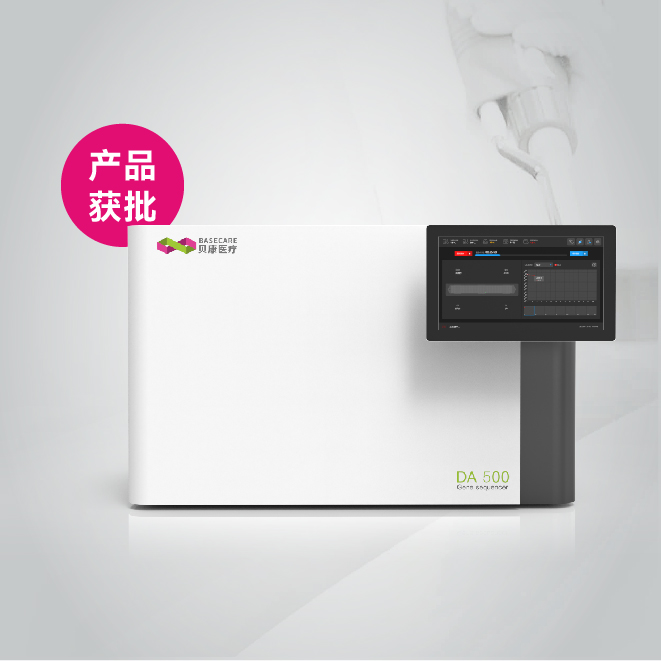Introduction
One of the most important, but frequently overlooked, cell culture procedures is testing cultures for microbial contamination, especially mycoplasma. It is critical for every cell culture laboratory to only use cell lines that have been carefully screened for mycoplasma. Fortunately, there is a simple fluorochrome DNA staining test that can detect both mycoplasma and virtually any other prokaryote contaminants. When properly done (using control slides and cultures grown antibiotic-free for at least several passages), this testing method is over 95% effective.
Supplies
1. Positive and negative mycoplasma testing control slides (Bionique Testing Laboratories, Catalog # M-600; 518-891-2356).
2. Citrate-Phosphate working buffer (for 1+ liter): While measuring pH, slowly add small amounts of Solution I to 1L of Solution II until a pH of 5.5 is reached. This can be dispensed and sterilized by filtration or autoclaving; store at 4°C.
a) Solution I (for 1 liter): Dissolve 28.39g of dibasic sodium phosphate (Na2HPO4) in 800mL of water. Then bring to final volume of 1L with water for a 0.2M solution.
b) Solution II (for 1 liter): Dissolve 10.51g of citric acid monohydrate (C6H8O7 .H2O) in 800mL of water. Once fully dissolved add 14.20g of dibasic sodium phosphate (Na2HPO4) and stir until dissolved. Then bring to a final volume of 1L with water.
3. Glycerin mounting medium: Add equal volumes of glycerin (C3H8O3) and the citrate-phosphate working buffer, mix well, filter through a 0.45μm filter and store at 4°C.
4. Stock DNA Stain: To 100mL Hanks' balanced salt solution add 5mg of Hoechst stain #33258 (Sigma Catalog # B2883). Mix for 30 minutes while







